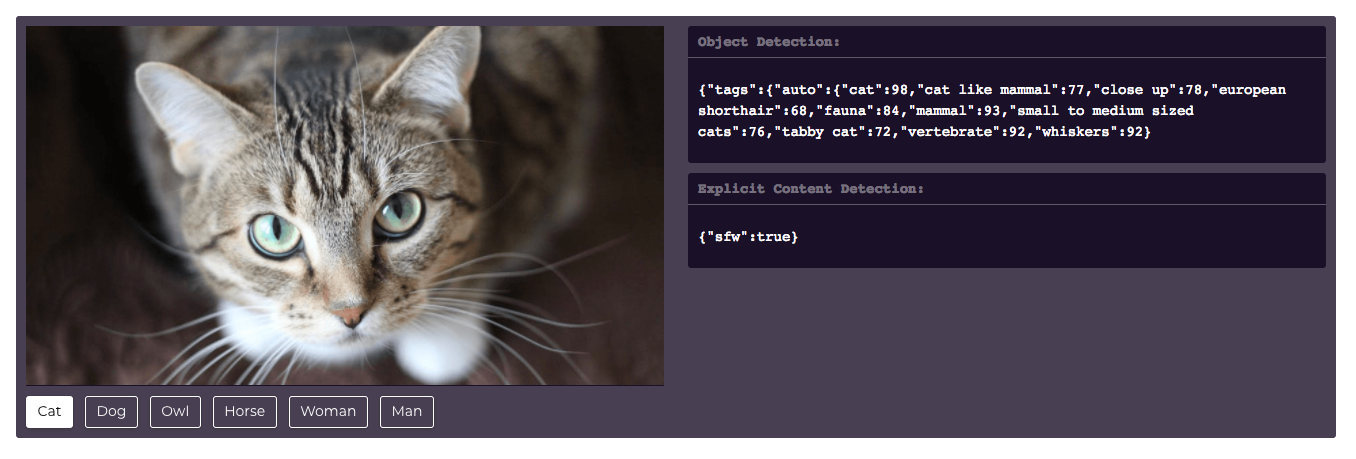Knowledge and reasoning have enabled machines to beat even humans while bringing new power to the web.
Inspired by complex human autonomy, Artificial Intelligence (AI) is the perfect mix of science and art. The application of machine learning has advanced to an extent that it can read, understand, analyze and process the language. Siri, Cortana, Echo, and the Google Assistant are all great examples.
Natural Language Processing, another application of machine learning, is already taking the web by storm. Its ability to understand and process even the sentiments of the content has brought a new dimension to the web technology. Browsing is simplified, and it is now easier to classify the content, understand the user behavior, and protect the website (from attacks and spambots).
Widening The Horizon With Drupal
Although the prospect of artificial intelligence, coupled with web development is vast. We will touch the areas of Natural Language Processing in this piece.
NLP has the potential to read, understand and improvise the content.
Content Classification
The first step is content extraction where different types of notable entities from documents, as context, are extracted and analyzed.
When combined with Drupal the information can be evenly organized. The additional semantic entities in Drupal can be used to categorize the elements.
Taxonomy Proposer by IBM fits the bill just right. It analyzes and then groups similar documents together. Using custom clustering algorithm, it helps you create a taxonomy for your own content: the division of content into a categorized body of documents.

Next comes content classification, where the machine learns and then inspects the given text for known entities such as nouns, adjectives, or a verb to classify the content.
Content classification with Drupal
A 'node' can be linked with any (relevant) taxonomy term, but it can be presented to the users only after a 'view' is created for each node.
In case the numbers are small, the editor can memorize them.
Otherwise, the node can be passed to the NLP engine to memorize words. Once it is done, the content can be added to the 'tags' field.
Similarly, NLP can also be used to prepare the content summary which can be used in Meta tags.
Tagging
Organizations which are burdened with tagging and publishing a huge number of articles on a daily basis can utilize NLP. It can memorize the words and their respective categories, after which manual tagging is not necessary.
It also improves the algorithm of the system. The system can be fed with words from various tags under the category of your choice.
The machine learns. Identifies. And saves it in the memory. If needed, you may even alter it along with time.
Remember, you are only teaching the machine. The results will improve after some time.
Sentiment analysis
It examines the content (texts, images, and videos) and identifies the emotional outlook within the content, to identify and classify the writer's attitude as positive, negative, or neutral.
Extracting sentiment from different types of content
(tweets, blogs or a video byte) can provide us with valuable insights into the author's emotions and point of view. It is important to ascertain if the tone is positive, neutral or negative, and whether the text is subjective (if it is reflecting the author's opinion) or objective (if it is expressing a fact).
It serves its purpose truly when the quantity of content published is beyond human potential.
Given below is a demo on how NLP helps in sentiment analysis. The below-mentioned screenshots are taken from IBM Watson.
The famous speech of Martin Luther King Jr. ‘I have a dream’ is added to the 'text' section.

The overall sentiment of the speech as analyzed by the API

The overall emotion summary of the speech, as analyzed by the API

Auto Summarizer
It examines the content, keeping the basics of grammar for reference. After analyzing the tone and sentiments of the content it is easy for the machine to summarize the content.
With auto summarizer, the machine can easily analyze and write the summary from the passage keeping in mind the keywords, sentiments, and the gist of the content.
E-commerce
In the era of the digital world, nothing beats the idea of personalization. As tantalizing as the concept may look, it is equally important as any other strategy for your business.
Not only it helps boost the sales but it increases the time spent by customers too. By analyzing the browsing history and shopping preference the NLP can learn about the choices of the user better and personalize the suggested content in a better way.

User information collected by statistic module (in Drupal) can be used to improve the NLP engine, which then would suggest related content to the user under “You may like” or “Related products” category.
Inspired by behavioral psychology, reinforcement learning can be used to boost returns.
NLP can read, classify and group the products. When a user visits a category of product repeatedly, all the products from the collected information are shown as ‘suggestions’.
Image Screening and Tagging
For websites where people can share content through text, images, and videos, it is not possible to manually filter images that do not match the standards (are obscene). For this, image screening helps the system by identifying common shapes, objects, and concepts of images and returns a list of tags along with a score of how confident the system is about the result. This score can be used to maintain standards.
An example of this is given below in the screenshot where the object is identified, recognized and then tagged as ‘cat’.

Another example shows how the system identifies, marks the confidence scores and then passes the result.

By a huge margin, this can ease the process of allowing graphics which meet the set standards without any form of manual verification.
How Can NLP Boost Growth?
Manually classifying and categorizing the text sources is a time-taking procedure, especially for those who deal with a lot of content on a daily basis.
Social Media Presence
It can crawl and index thousands of stories which are live and trending on top with the help of keyword analysis, creating a live data set of analyzed and filtered data. You can also access real-time news and important stories of your interest. It can also monitor and measure the social media reactions on each post, and compose the next post accordingly.
Enhanced SEO
The discovery of NLP has shifted the focus from an explicit keyword-based search to context and intent-based content. This has changed the way SEO works. From what Google standards tell us, the SEO strategies should include on-page optimizations, like page titles, meta descriptions, and meta tags.
These are still effective parameters for bringing out a user-friendly content, particularly for long tail topics. NLP helps you find effective keywords and add them to your content to improve the relevancy as well as the ranking of the content.
Editorial and Publishing Solution
Even if you don’t publish content the way publishing agencies do, it is very important that your content delivers the value and goals of the agencies. NLP can create production-ready custom content in way lesser time.
Solutions with semantic technology
With NLP one can review the unstructured data, too, and check large amounts of varied content (text, image, tweet). Not only it can add the meta information of a page, it can do so after analyzing the SEO trends around the topic and important keywords.
To Sum up
Machine learning has added a new dimension to Artificial Intelligence. It has the potential to revamp content marketing across all verticals and dramatically improve the user experience.
A crucial question here is, to what extent will AI change the web? What effects can it have on the web technologies and the relation between the web and the society? Can the advancement in AI bring another revolution to the web? The way it is seen, the way it works, and the way it is understood.
Subscribe
Related Blogs
Inside the Drupal AI Summit: Themes, Speaker and What To Expect

“ The web is changing fast, and AI is rewriting the rules. It writes content, builds pages, and answers questions directly,…
FOST and Drupal AI Initiative: Next Era of Responsible AI

Three years after the launch of generative AI tools marked a new age for artificial intelligence, almost 90% of survey…
Drupal AI Ecosystem Part 5: AI Content Suggestions

Drupal has steadily evolved from being just a content management system into a flexible platform that incorporates emerging…




